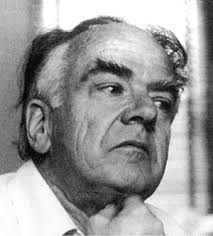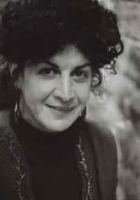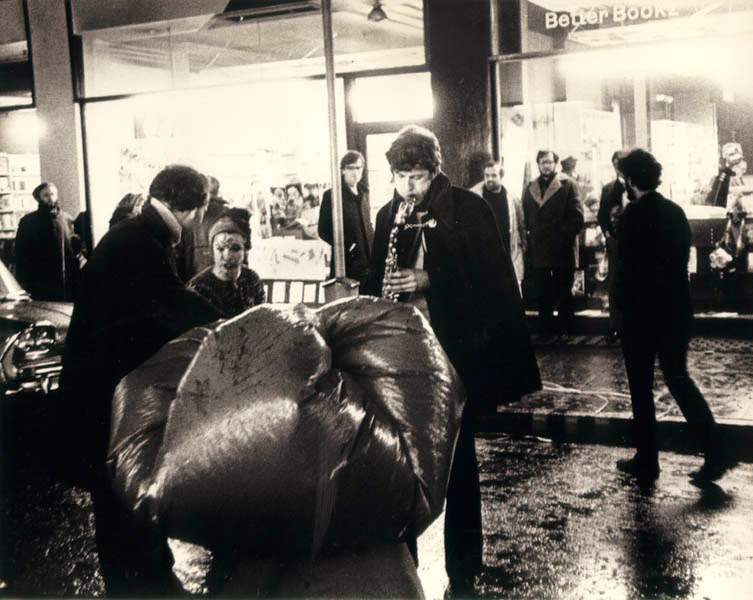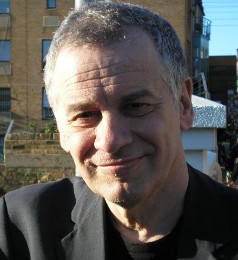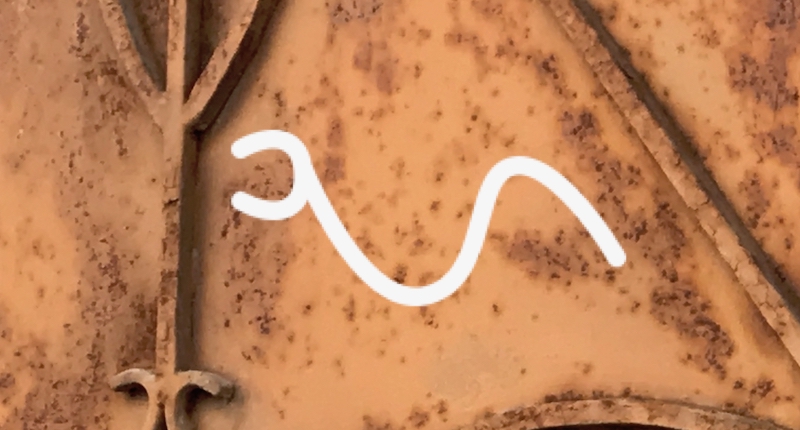Robert Hampson reviews three events related to the British Poetry Revival
The last week of March 2019 witnessed a happy alignment of events in Central London: on March 27, Andrew Duncan gave a paper on ‘Gay Themes in the Poetry of Eric Mottram’ to the Institute of English Studies Contemporary Innovative Poetry Research Seminar; on March 29 Gilbert Adair, on a rare return visit to London, spoke about the early years of the SubVoicive reading series he ran with Patricia Farrell in the 1980s; and on Saturday March 30, Ken Edwards read from his new book, Wild Metrics, his memoir of 1970s London, at the Runnymede International Literary Festival in Bedford Square, Bloomsbury. Over this four-day period, a few fragments of the British Poetry Revival were briefly juxtaposed through processes of research and recollection.
Duncan began his paper with a survey of various male poets born in the 1920s (Mottram was born in 1924). He was addressing a lost history of gay poetry in twentieth-century Britain. More specifically, he raised the question how would a gay man in 1940s Britain write gay poetry, given that male homosexuality was illegal until 1967. He discussed works by Christopher Logue, George McKay Brown and James Kirkup in terms of significant silences and the use of symbols that both hide and reveal. In this context, he then examined Mottram’s Peace Projects (Talus, 1989): ‘Peace Project 9’ as a consideration of the role of the gay artist in culture; ‘Peace Project 10’ and ‘Peace Project 16’ as evocations of gay community. Finally, he explored in some detail ‘Peace Project 4’ and its narrative of entrapment (through the obscuring of the senses) and liberation through the figure of a male friend. Duncan discussed the compression of Mottram’s work (the need to give the reader just enough information to maintain their attention) and Mottram’s detourning of the angel image of Zorastrianism to a new sense, using a theological concept to explore the human / sexual subject.
Where Duncan returned our attention to the neglected poetry of Mottram (which is now effectively out of print), Gilbert Adair began his evening at Birkbeck with an account of his own arrival at King’s College, London, in 1978 to start a PhD on epic American novels under Mottram’s supervision. The gift of a copy of Mottram’s Against Tyranny and an encounter with Allen Fisher’s recently completed Place drew him instead into the world of small-press poetry. In March 1980, he and Patricia Farrell began a reading series, SubVoicive, at the Inner Visions Café in Crouch End, originally with local poets, but soon with poets he met through Mottram’s reading series at King’s College: Allen Fisher, Maggie O’Sullivan, Lee Harwood, Bill Griffiths. SubVoicive was set up to complement the King’s Readings: in particular, where King’s had two poets per evening, SubVoicive gave one poet an entire evening to present their work. When the Inner Visions Café closed in 1981, SubVoicive then began a peripatetic existence, spending time in the upper rooms of various pubs in North and Central London, including, most famously, extended periods at the Three Cups, the White Swan in Covent Garden, and the Arches in Brick Lane. Adair recalled particular evenings: Mottram reading his Legal Poems, with their interrogation of law and power, in the context of Thatcher’s policies; cris cheek sitting cross-legged in front of a film of railway tracks, speaking improvised lines in the dark, his voice rising in a scream. On another occasion, Maggie O’Sullivan converted the upper room of the White Swan into a French bistro with the addition of red gingham tablecloths and floral table-decorations. Adair’s great regret was that the readings were not recorded as a matter of course – though some private recordings are now available in the British Library and in the Mottram Archive at King’s. in 1992, Adair left London for an academic job at the University of Singapore, but the reading series carried on, curated by Patricia Farrell and Robert Sheppard.
Ken Edwards’s reading from Wild Metrics returned to the previous decade. Wild Metrics begins with the experience of communal living in the Notting Hill of the 1970s and the heady days of the National Poetry Centre in Earls Court after its takeover by Bob Cobbing, Barry MacSweeney, Tom Pickard and others. From this introduction into the London poetry scene of the early 1970s, the penultimate section moves to the Lower Green Farm commune at the end of the decade and Edwards’s engagement with LANGUAGE poetry (and LANGUAGE poets) through Alembic and his own Reality Studios magazine. Mottram, again, is inevitably an important (though somewhat elusive) presence in this narrative – as Edwards’s ‘old college mentor’ from his student days at King’s College and as one of the three featured poets at the Saturday Courses held at Lower Green Farm. (Allen Fisher and Bob Cobbing were the other two.) Among other things, this penultimate section provides a fairly thick description of the Mottram and Fisher events at Lower Green Farm and the editing of the final issue of Alembic.
Edward’s reading was followed by Karen Sandhu’s performance of her book-object produced in response to John Latham’s Cluster of Eleven (1992). Sandhu’s homage to Latham’s spherical assemblages, which John Walker compares to the planets of the solar system after a collision with a shower of books, was also a reminder of that ‘bomb culture’ world from which the 1970s took off.

